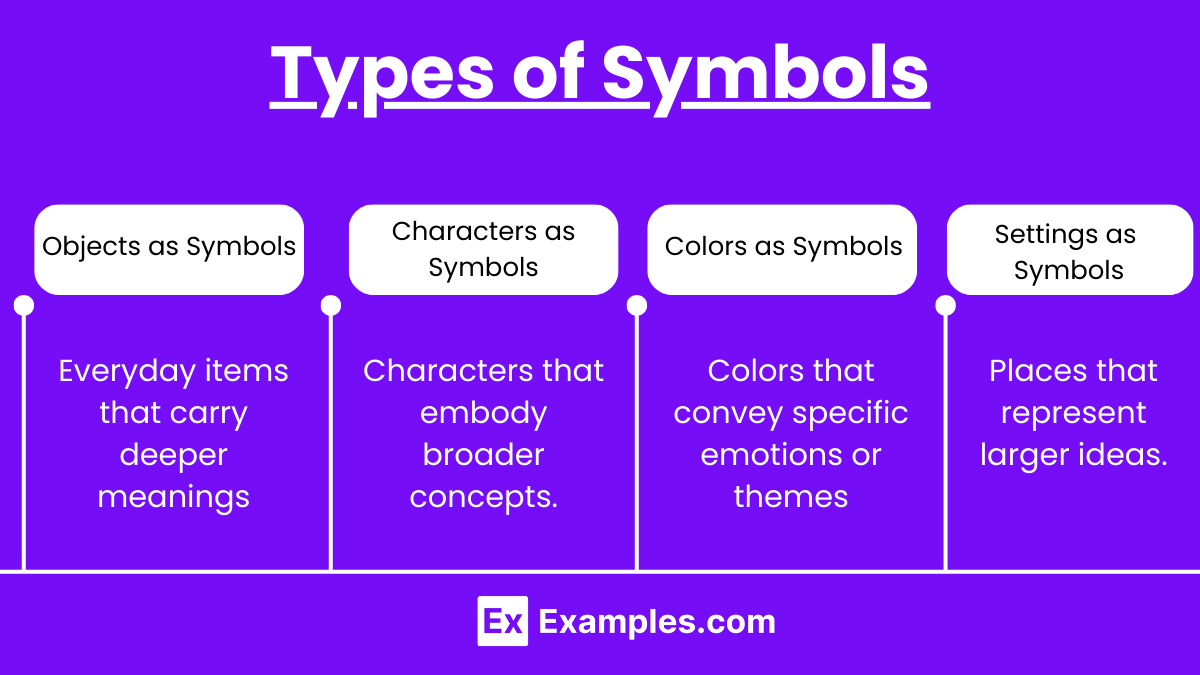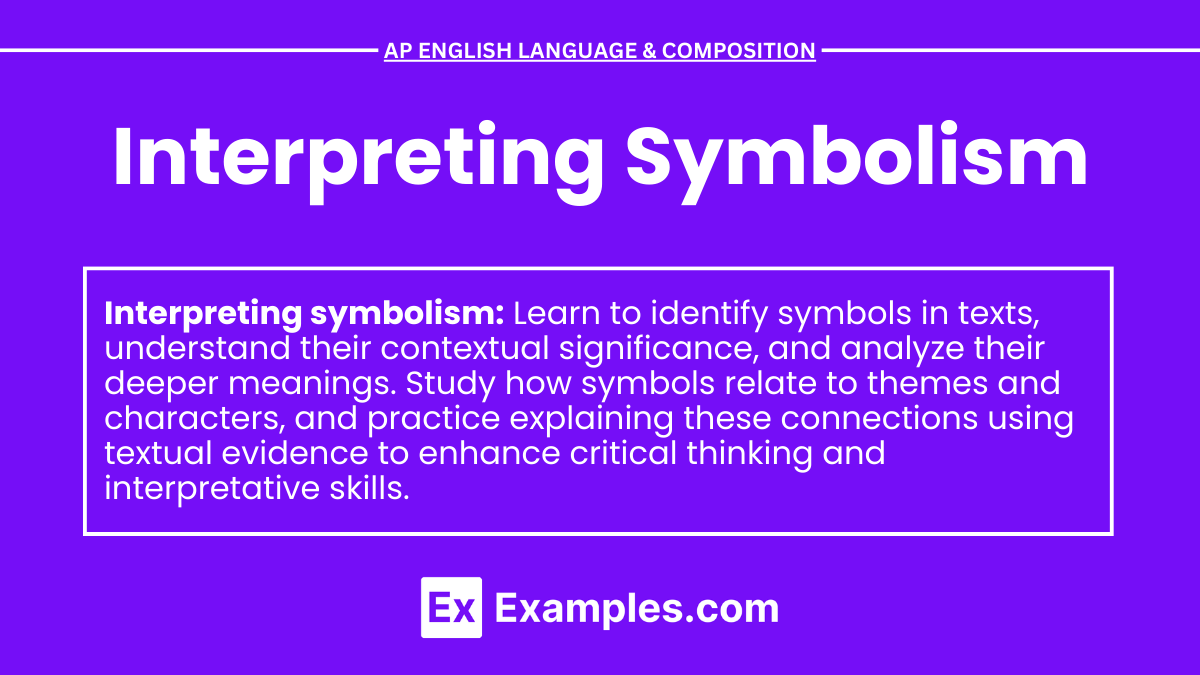In preparing for the AP English Language and Composition exam, mastering the interpretation of symbolism is crucial for developing insightful argumentative writing and engaging argumentative speech. Rhetorical sentences and cumulative sentences are essential tools that can enhance the depth and clarity of your analysis. By identifying and analyzing symbols within a text, students can uncover deeper meanings and thematic connections, crafting compelling expository essays and explanatory essays. This practice not only hones critical thinking skills but also enables the formulation of a strong final thesis statement, essential for a persuasive and coherent argument.
Learning Objectives
In studying the interpretation of symbolism for the AP English Language and Composition exam, students will aim to master the construction of cumulative sentences that build complexity and depth in their analysis. They will learn to craft both explanatory essays that elucidate the deeper meanings of symbols and expository essays that provide clear, structured interpretations of these symbols within the context of the text. By incorporating rhetorical sentences that enhance persuasive elements, students will refine their ability to articulate nuanced arguments. The practice of formulating a final thesis statement that encapsulates their critical analysis of symbolism will foster critical thinking skills, enabling students to engage deeply with the thematic elements presented in literary works.
Key Concepts and Terms

- Symbol: An object, character, figure, or color used to represent abstract ideas or concepts.
- Motif: A recurring symbol or thematic element in a literary work.
- Allegory: A narrative in which characters and events symbolize broader themes and concepts.
Types of Symbols

- Objects as Symbols: Everyday items that carry deeper meanings.
- Example: The green light in F. Scott Fitzgerald’s “The Great Gatsby” symbolizes Gatsby’s unattainable dreams and the American Dream.
- Characters as Symbols: Characters that embody broader concepts.
- Example: In George Orwell’s “Animal Farm,” the character Napoleon symbolizes totalitarian regimes.
- Colors as Symbols: Colors that convey specific emotions or themes.
- Example: The color red in Nathaniel Hawthorne’s “The Scarlet Letter” symbolizes sin and guilt.
- Settings as Symbols: Places that represent larger ideas.
- Example: The conch shell in William Golding’s “Lord of the Flies” symbolizes order and civilization.
Steps for Interpreting Symbolism

- Identify the Symbol: Look for objects, characters, colors, or settings that seem significant or are mentioned repeatedly.
- Example: The mockingbird in Harper Lee’s “To Kill a Mockingbird.”
- Contextual Analysis: Consider the context in which the symbol appears and how it relates to the overall narrative.
- Example: The mockingbird symbolizes innocence and the idea that it is a sin to harm those who do no wrong.
- Consider Multiple Interpretations: Symbols can have layered meanings. Explore different interpretations and how they contribute to the themes of the work.
- Example: The green light in “The Great Gatsby” can symbolize both hope and the unattainable nature of the American Dream.
- Connect to Themes: Relate the symbol to the central themes and motifs of the text.
- Example: The green light connects to themes of aspiration, loss, and the corruption of the American Dream.
- Use Textual Evidence: Support your interpretation with specific quotes and examples from the text.
- Example: “Gatsby believed in the green light, the orgastic future that year by year recedes before us” (F. Scott Fitzgerald, “The Great Gatsby”).
Sample Analysis: “The Great Gatsby”
Symbol: The Green Light
- Identification: The green light at the end of Daisy’s dock is mentioned several times throughout the novel.
- Contextual Analysis: Gatsby gazes at the green light, yearning for Daisy and what she represents.
- Multiple Interpretations: The green light symbolizes Gatsby’s hope and dreams for the future, as well as the broader theme of the elusive American Dream.
- Connection to Themes: The green light underscores the themes of aspiration, idealism, and the pursuit of happiness.
- Textual Evidence: “He stretched out his arms toward the dark water in a curious way, and far as I was from him I could have sworn he was trembling. Involuntarily I glanced seaward—and distinguished nothing except a single green light, minute and far away, that might have been the end of a dock” (F. Scott Fitzgerald, “The Great Gatsby”).


